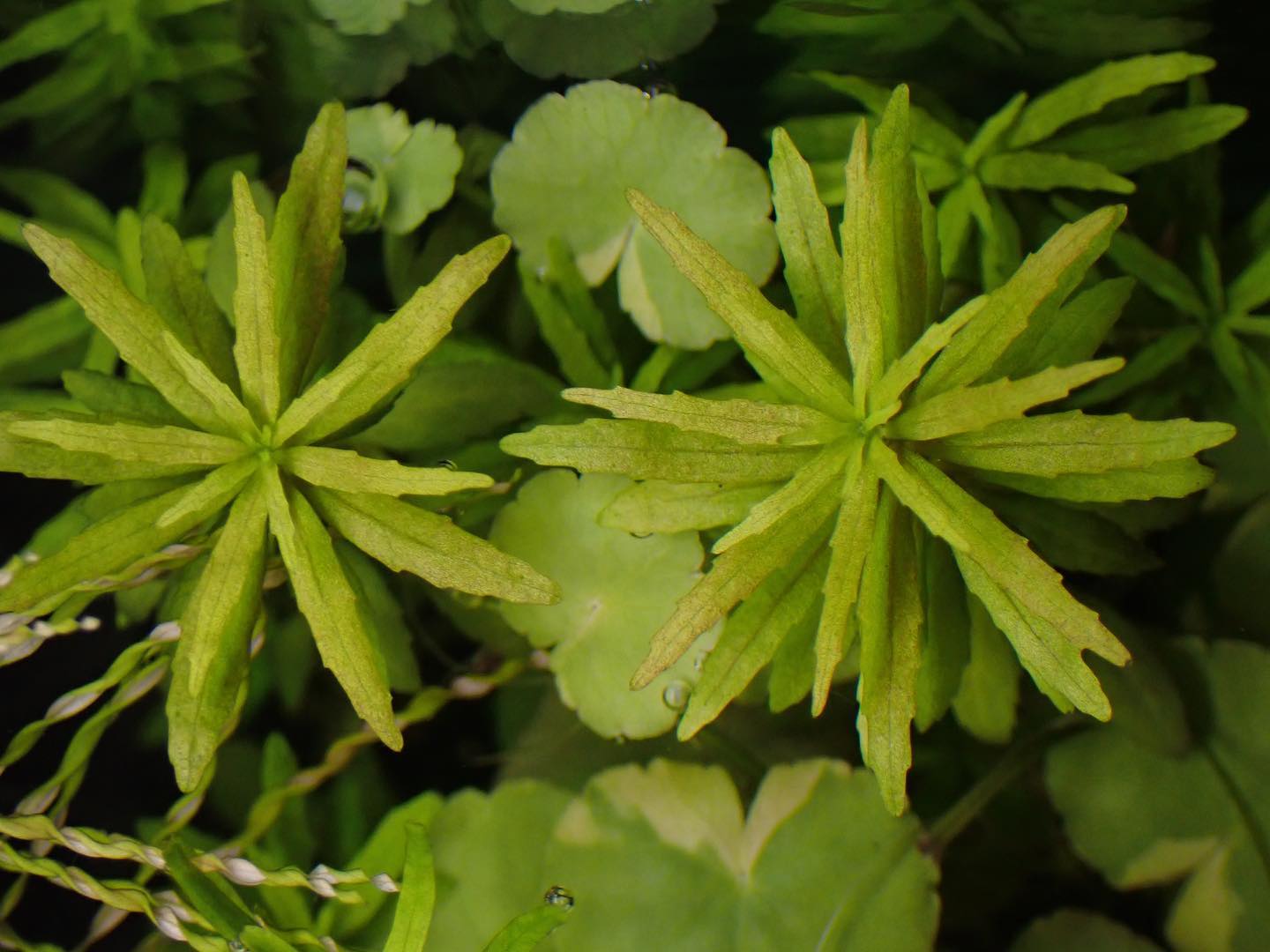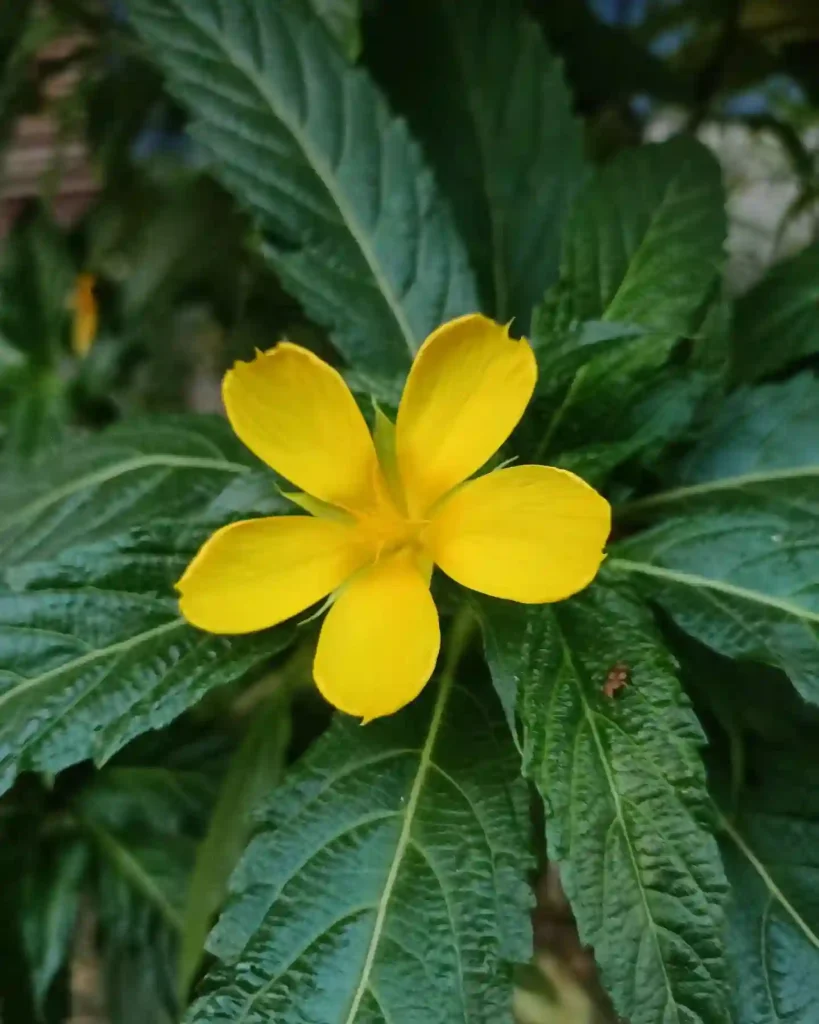Exploring the Fascinating Cephalotaceae Family
As a plant enthusiast, I find myself drawn to unique and unusual species. One family that has captured my interest is the Cephalotaceae, particularly its sole genus, Cephalotus. This intriguing family, known for its distinctive pitcher plants, offers a blend of beauty and curiosity that I love to explore. In this article, I’ll share my insights and experiences with the Cephalotus genus, its characteristics, and why it’s worth a closer look.
What is the Cephalotaceae Family?
The Cephalotaceae family is a small group of carnivorous plants native to southwestern Australia. The genus Cephalotus consists of just one species, Cephalotus follicularis, commonly known as the Albany pitcher plant. This plant has evolved in a fascinating way to thrive in nutrient-poor environments, and I find it remarkable how it has adapted to capture and digest insects to supplement its nutritional needs.
The Unique Characteristics of Cephalotus
One of the most striking features of the Cephalotus is its distinctive pitcher-shaped leaves. The plant produces two types of leaves: the larger, modified pitcher leaves and the smaller, non-carnivorous leaves. The pitcher leaves, which can reach up to 15 cm in height, are designed to attract, trap, and digest insects. I’ve observed how the bright coloration and sweet nectar at the rim of the pitchers draw in unsuspecting prey.
When I first encountered Cephalotus, I was captivated by its unique trapping mechanism. The interior of the pitcher is slick, making it difficult for insects to escape once they fall in. The plant secretes digestive enzymes to break down its catch, absorbing essential nutrients in the process. This adaptation allows Cephalotus to thrive in nutrient-poor soils, making it a true marvel of evolution.
Habitat and Distribution
Cephalotus follicularis is native to a specific region in Australia, particularly the areas surrounding Albany in Western Australia. These plants thrive in wet, sandy soils, often found in coastal heathlands. During my visits to botanical gardens and specialized nurseries, I’ve learned that creating a similar environment at home can be challenging but rewarding.
I remember setting up a terrarium to mimic the plant’s natural habitat. I used a well-draining substrate, ample humidity, and bright, indirect light. Watching the Cephalotus grow and flourish in this controlled environment was immensely satisfying. It’s a delicate balance, but once achieved, it offers a glimpse into the plant’s natural beauty.
Cultivation Tips for Cephalotus
If you’re considering adding Cephalotus to your collection, here are some cultivation tips I’ve gathered through my experiences:
- Light: Cephalotus thrives in bright, indirect light. Too much direct sunlight can scorch the leaves, while too little can hinder growth.
- Water: Use distilled water or rainwater, as tap water may contain minerals harmful to the plant. Keep the soil consistently moist, but avoid waterlogging.
- Soil: A well-draining, acidic mix is ideal. I’ve found a combination of sphagnum moss, perlite, and orchid bark works wonders.
- Humidity: This plant loves humidity. I maintain a humidity level of around 50-70% in my terrarium to keep it happy.
- Feeding: While Cephalotus can catch its food, supplementing with occasional insect feed can encourage more vigorous growth.
The Role of Cephalotus in Ecosystems
Cephalotus plays a vital role in its native ecosystem. As a carnivorous plant, it helps control insect populations. This natural pest control can be beneficial in maintaining the ecological balance within its habitat. I appreciate how Cephalotus contributes to its environment, showcasing the interconnectedness of nature.
Additionally, the beauty of Cephalotus makes it a favorite among carnivorous plant enthusiasts and collectors. Its unique appearance and intriguing behaviors can spark conversations and interest in the world of botany. I’ve often found that sharing my experiences with Cephalotus inspires others to learn about plant care and cultivation.
Conclusion
In summary, the Cephalotaceae family, specifically the Cephalotus genus, offers a captivating glimpse into the world of carnivorous plants. Its unique adaptations and fascinating characteristics make it a worthwhile subject for exploration. Whether you’re a seasoned collector or a curious beginner, Cephalotus follicularis is a plant that can bring joy and intrigue to your collection.
By cultivating this extraordinary species, we can appreciate the beauty of nature’s diversity and the remarkable ways plants adapt to their environments. As I continue my journey with Cephalotus, I look forward to discovering more about its mysteries and sharing my findings with fellow plant lovers.



